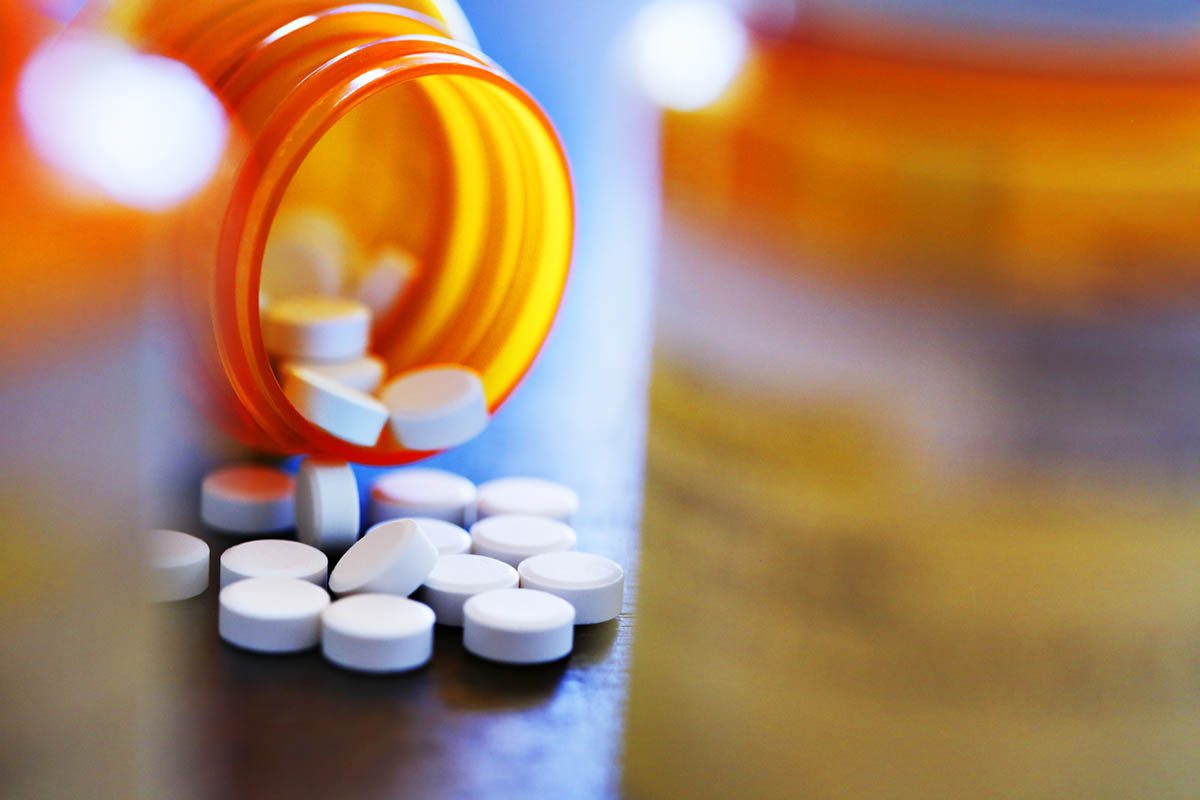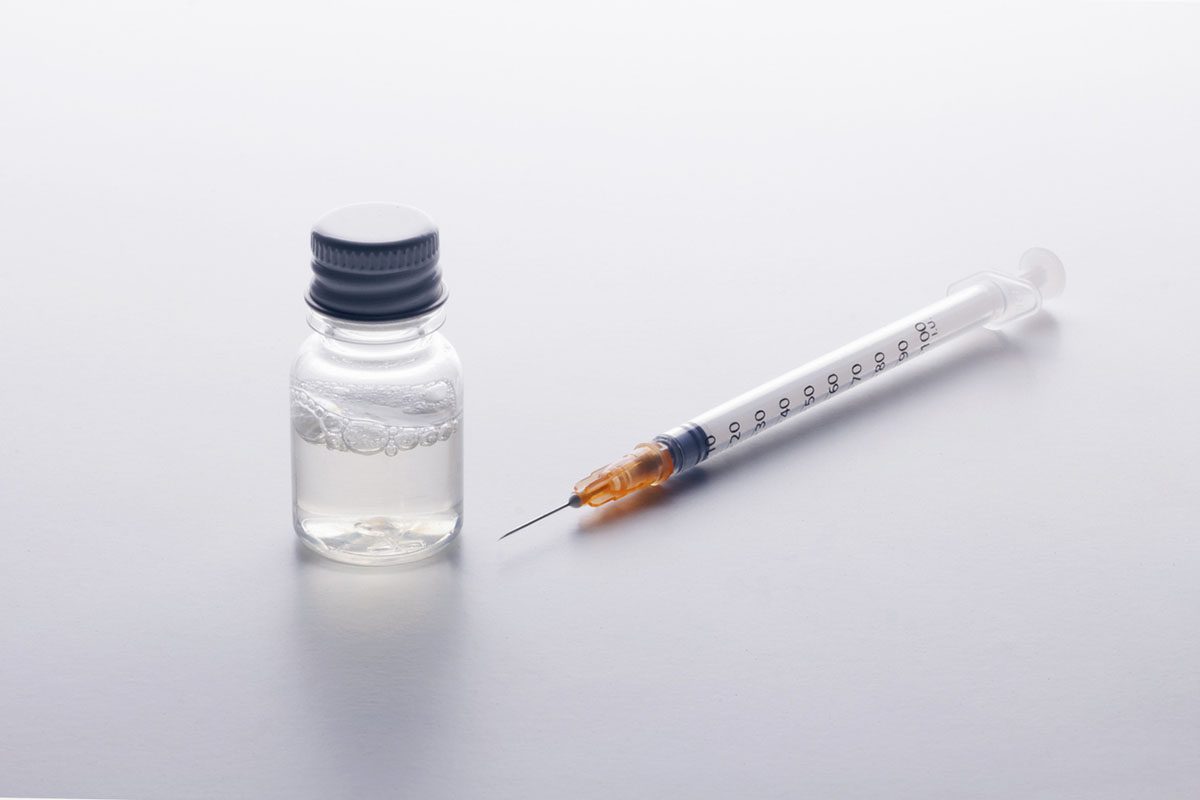Tramadol Dependence in a Patient With No Previous Substance History
To the Editor: Tramadol is generally considered to have a very low risk of dependence and abuse, but rare cases of tramadol dependence have been described in patients without prior substance abuse history.1 We describe one such case in a relatively young, otherwise healthy patient.
Case report. Mr A, a 39-year-old man, presented to the emergency department in 2007 to get help with tramadol addiction. He was a college-educated active duty military officer and had been in the Air Force for 17 years. He was married and had 4 children. Mr A had no previous history of illicit drug use, did not smoke cigarettes or use any other tobacco product, and drank alcohol only socially, consuming a total of about 5 or 6 drinks in a year. He did, however, have a family history of alcoholism: his sister had died of liver cirrhosis from alcohol abuse.
Mr A was started on tramadol treatment about 2 years earlier for pelvic pain. Initially, he was on treatment with hydrocodone and acetaminophen for about 2 months and was later switched to tramadol. He did have better pain control with tramadol, but he gradually started taking more and more. Ultimately, his pain resolved but he was unable to stop taking tramadol: he was taking up to 600 mg/d of tramadol and had made multiple efforts to stop. When he stopped taking tramadol, he had dysphoria, muscle cramps, anxiousness, restlessness, and a sensation of insects crawling all over his body. His withdrawal symptoms were severe enough to interfere with his work and family life. He was feeling very guilty about his addiction. He denied diarrhea, piloerection, or rhinorrhea. He did not have any other significant past medical history except for the episode of pelvic pain, which was diagnosed as osteitis pubis and was believed to be secondary to muscle overuse from jogging.
Mr A was admitted for inpatient detoxification and was started on tapering doses of tramadol. His withdrawal symptoms were well controlled with lorazepam and clonidine. After 4 days of inpatient treatment, he did not require any more tramadol and was sent home with a week’s supply of lorazepam and clonidine.
Tramadol has long been considered to have a very low abuse potential. Although it is an opioid agonist, it has not been classified as a scheduled substance. According to the postmarketing surveillance by US Food and Drug Administration, the rate of addiction was 1 in 100,000 during the last 18 months period of surveillance.2 Most of the cases had been in patients with a prior history of substance abuse.3 As illustrated in this case, it can happen in a relatively young and otherwise healthy patient with no psychiatric or substance abuse history. There are no evidence-based guidelines for treatment, but slow tapering seems to help. Successful pharmacologic treatments with benzodiazepines, clonidine, and mirtazapine have been reported.1
Tramadol dependence is very rare but can happen in a patient without substance abuse history. Slow tapering of tramadol along with addition of lorazepam and clonidine to treat the restlessness and anxiety associated with withdrawal was found to be a successful combination for detoxification. So far, no evidence-based treatment guideline exists.
References
1. Pollice R, Casacchia M, Bianchini V, et al. Severe tramadol addiction in a 61 year-old woman without a history of substance abuse. Int J Immunopathol Pharmacol. 2008;21(2):475-476. PubMed
2. Cicero TJ, Adams EH, Geller A, et al. A post marketing surveillance program to monitor Ultram (tramadol hydrochloride) abuse in the United States. Drug Alcohol Depend. 1999;57(1):7-22. PubMed doi:10.1016/S0376-8716(99)00041-1
3. Näslund S, Dahlqvist R. (Treatment with tramadol can give rise to dependence and abuse) (Article in Swedish) Lakartidningen. 2003;100(9):712-714. PubMed
Author affiliations: Creighton/Nebraska Psychiatry residency program (Dr Ojha) and VA Hospital (Dr Bhatia), Omaha, Nebraska.
Potential conflicts of interest: None reported.
Funding/support: None reported.
Published online:February 25, 2010 (10.4088/PCC.09l00779ecr).
Prim Care Companion J Clin Psychiatry 2010;12(1):e1
© Copyright 2010 Physicians Postgraduate Press, Inc.





